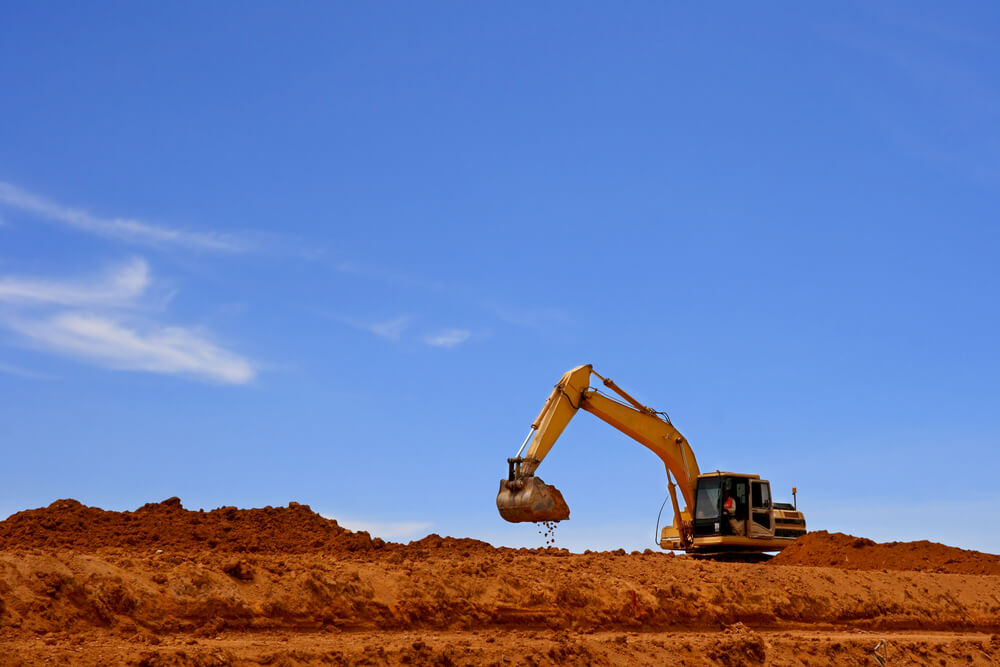
Emergent technologies are constantly changing how we envisage and complete large-scale construction projects. Whether it’s sophisticated 3D Laser Scanning, the development of construction robotics, or advances in creating sustainable buildings, the face of construction is evolving into a technology dependent business.
3D printing
Pretty soon, you’ll be able to 3D print a house for a couple of thousand dollars.
In April 2014, a Chinese construction company named Winsun revealed they’d finally achieved something people had been attempting for years; they had created a suite of 10 completely 3D-printed houses, made from recycled concrete. And all for only about $5,000 USD a pop.
Then, in early 2015, they one-upped themselves by revealing an entire 6 story apartment complex, again made from leftover construction junk.
While these are still isolated cases – more brainchild projects, rather than mainstream construction developments – the race is on to be the first company to make 3D home printing a common reality. With housing prices all over the world constantly on the rise, the ability to create and maintain cheap and quickly reproducible houses is going to revolutionise how we approach construction.
Key personalities in the field are getting damn good at 3D printing too! Nikita Chen-yun-tai, a Russian engineer, not only reports building a 100 square metre house in 24 hours, but also recently created a drill-like printer capable of printing 1,000 square feet in a single day.
For those of us in the construction industry, it’s a heads up that times are a changin’, and you should always keep your eye out for new opportunities.
Construction drones
One of the latest advances in increasing workplace efficiency are drones. Providing increased capabilities in 3D mapping and real-time analytics of data, foremen in some large-scale architectural projects are being supplemented with construction drones that automatically record and convert their video feed into reports. This means they have up-to-date information on construction progress, what areas are behind schedule, or potential risk factors onsite.
If you’re a worker, you might consider this development a little apprehensively. Critics argue the use of drones could lead to workers being overworked and overstressed, worried that something as simple as taking a swig of water at the wrong time might be seen as the reason their sector is behind schedule.
Whatever your thoughts, being able to monitor a site with up-to-date blueprints and reports is invaluable to a construction company, and will certainly change how projects are run and develop in the future – assuming we’re not 3D printing them all by then!
Builder drones
No, drones are not just useful for surveillance. They can build to! In fact, recent huge advancements in programming and commanding metallic helpers is making some experts question how far we are from automated builder drones.
Companies such as Asmbld are hard at work building robots that can automate some basic construction jobs already. So far they’re not capable of any real large-scale construction tasks (so they won’t be taking over any jobs just yet), but they can do menial tasks that would otherwise waste man-hours to sort out. Some examples include reconfiguring the walls and furniture of rooms to fit a pattern, or constructing small and reusable custom buildings such as site management centres.
Going green
New technologies are allowing us to build a more sustainable future, with more and more building power being taken from solar, wind, and biofuels.
Building development is moving towards designing energy-neutral (or even energy-positive) houses, which means other than the original consumption of materials, nothing is drained from natural resources. Design elements such as water-reuse, regulating internal temperatures without conventionally cooling or heating (such as smart-glass windows that can, with a tiny electrical charge, change how much light and heat they allow through them to naturally warm or cool the house), are great examples of how construction is working towards sustainable building projects.
Exo-Skeletons!
Ekso Bionics has a pretty neat idea, developing powerful Exo-Skeletons for people to wear when completing manual labour. The idea is they’ll allow workers to operate more safety when dealing with heavy machinery and materials, and reduce the amount of wear and tear on their muscles over the course of their career.
These Exo-Skeletons are also being used to assist recovering patients who have lost their motor control abilities, or lost limbs, by providing a framework to support them.



